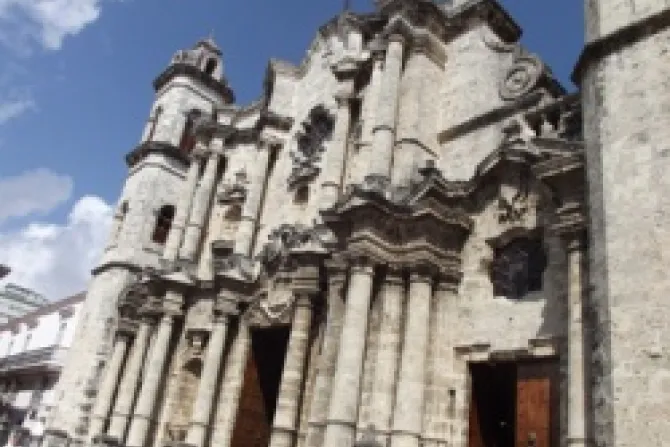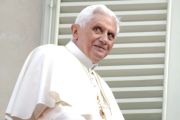Havana, Cuba, Mar 26, 2012 / 16:04 pm
In the days leading up to Pope Benedict XVI's historic visit to Cuba, pilgrims to the country are gaining glimpses into the Church's joys and sufferings through visits to holy sites in the capital city of Havana.
After first traveling to the city of Santiago de Cuba, the Pope will arrive in Havana on March 27.
In recent days, groups of pilgrims from countries including the United States, Puerto Rico and the Dominican Republic have participated in Masses at the Havana Cathedral, which is the seat of Cardinal Jaime Lucas Ortega y Alamino.
The cathedral is known for its baroque facade and European-style art and the inside walls are adorned with paintings, frescoes and statues of saints.




